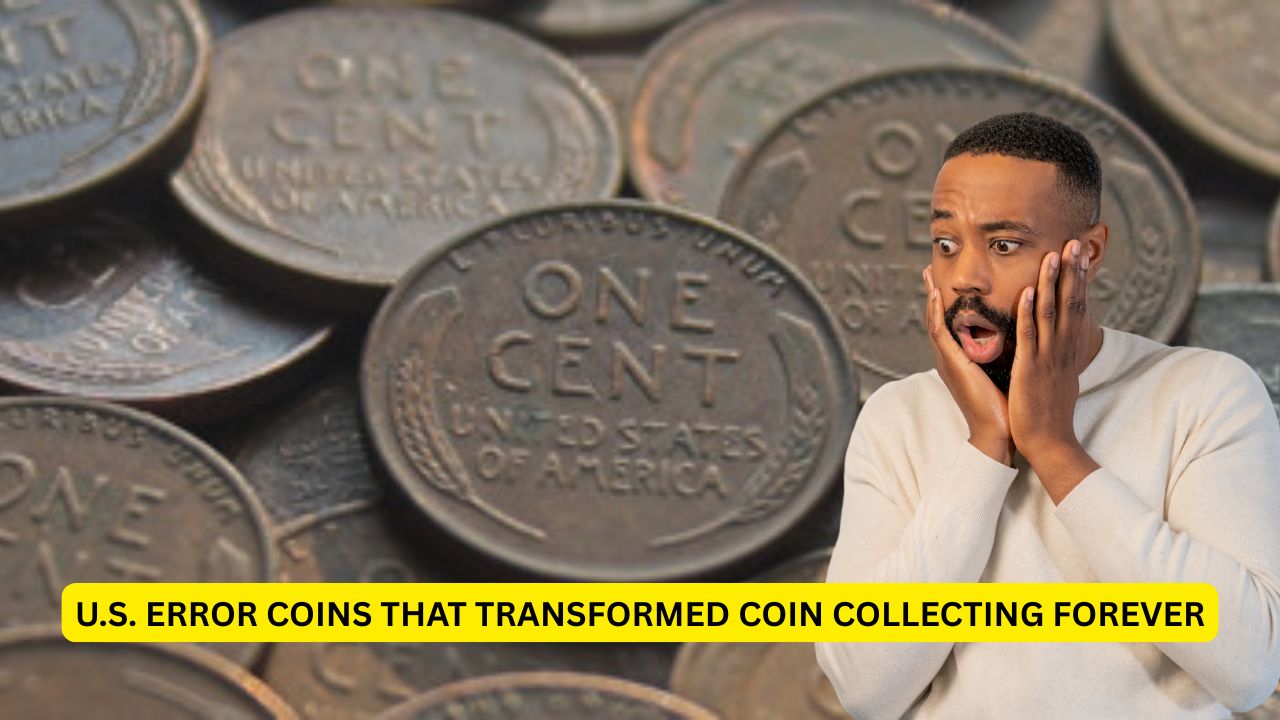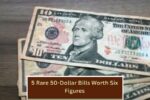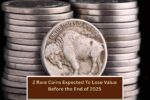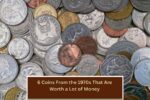Most coins change hands without much notice, but a few tell stories of remarkable mistakes that turned them into prized treasures. Though they may look like ordinary cents, these rare errors are worth a fortune. Each one comes with a backstory that fuels collectors’ excitement. Here are ten minting mishaps that forever changed coin collecting:
1955 Doubled Die Lincoln Cent
This legendary penny stands out for its bold doubling on the words “LIBERTY” and “IN GOD WE TRUST.” Roughly 20,000 of these slipped into circulation before the mistake was spotted. Their striking appearance and rarity make them collector favorites, often commanding thousands of dollars at auction.
1943 Copper Penny
During 1943, the U.S. Mint used steel to make pennies, reserving copper for the war effort. But a few leftover copper blanks from 1942 accidentally made their way into the presses. These rare 1943 copper cents are now some of the most valuable coins ever, with some selling for over $1 million.
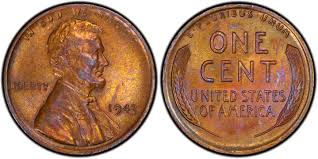
1937-D 3-Legged Buffalo Nickel
A mint employee over-polished the die, resulting in a buffalo missing one of its legs. This oddity quickly became a must-have for collectors. Depending on its condition, this nickel can range from a few hundred to tens of thousands of dollars—making it one of the most iconic error coins in U.S. history.
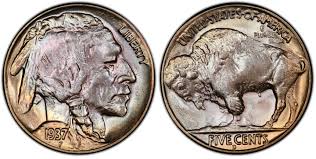
2000-P Sacagawea Dollar Mule
This rare error features the front (obverse) of a Washington Quarter paired with the back (reverse) of a Sacagawea Dollar. Only 19 of these “mule” coins are known, and their unique design makes them incredibly valuable. Some collectors have paid over $50,000 for a single example.
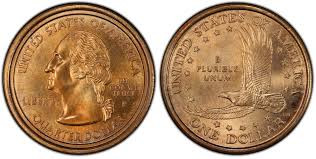
1975 No S Proof Roosevelt Dime
A missing “S” mintmark on this 1975 proof dime turned it into one of the rarest coins in modern U.S. history. With only two known examples, its extreme scarcity has pushed auction prices beyond $300,000. For serious collectors, it’s an essential piece.
2004-D Wisconsin Quarter Extra Leaf
Some Wisconsin state quarters left the mint with an extra “high leaf” or “low leaf” on the corn stalk. These variations, mostly found in the Midwest, quickly caught collectors’ attention. Top-condition coins featuring this error can fetch up to $2,000.
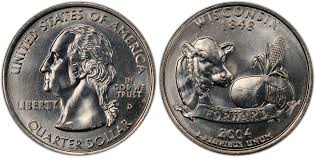
1922 No D Lincoln Cent
Due to a filled die at the Denver Mint, some 1922 pennies were struck without the “D” mintmark. This oversight produced a highly desirable coin variety. Depending on condition, collectors have paid anywhere from several hundred dollars to as much as $75,000.
1944 Steel Penny
After switching back to copper in 1944, a few steel planchets from the previous year accidentally remained in use. The result? One of the rarest pennies in U.S. history. With only about 25 to 30 examples known, these coins have sold for as much as $180,000.
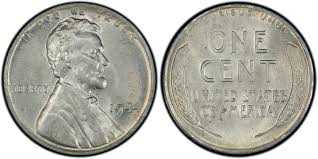
2005 Kansas State Quarter “In God We Rust”
A grease-clogged die caused the letter “T” in “TRUST” to disappear, leaving the coin with the phrase “In God We Rust.” While the mistake drew plenty of laughs, it also turned the coin into a quirky collector’s item. High-quality versions can sell for several hundred dollars.
This article has been carefully fact-checked by our editorial team to ensure accuracy and eliminate any misleading information. We are committed to maintaining the highest standards of integrity in our content.

Outside of work, he enjoys playing chess, following cricket, and writing short stories. His commitment to integrity and in-depth analysis strengthens OTE News’ mission of providing trustworthy journalism.

